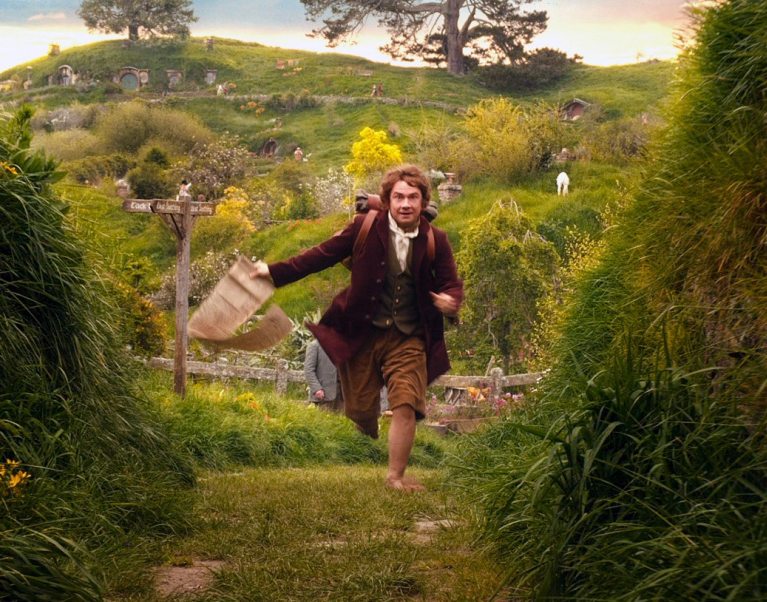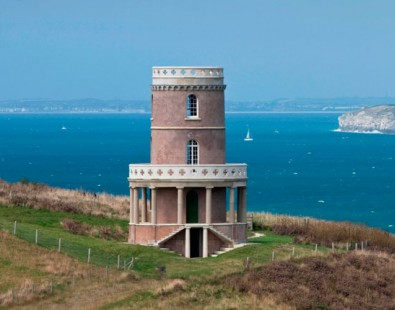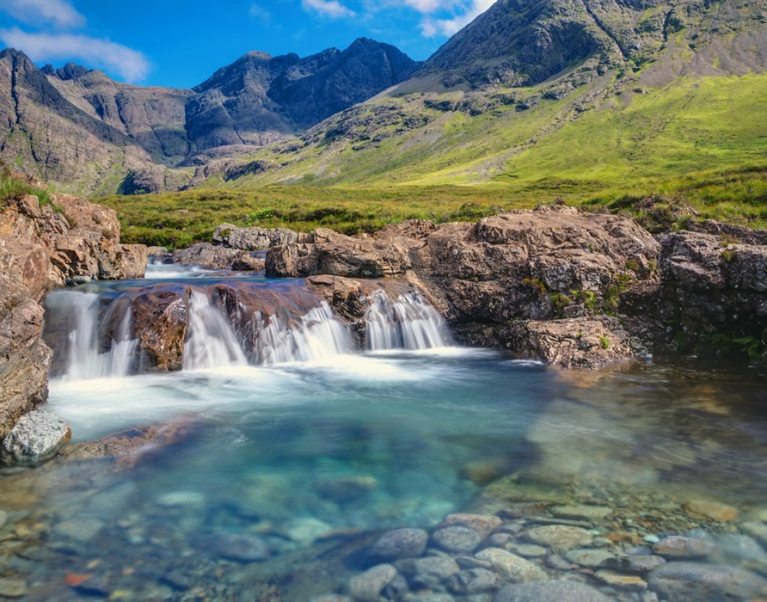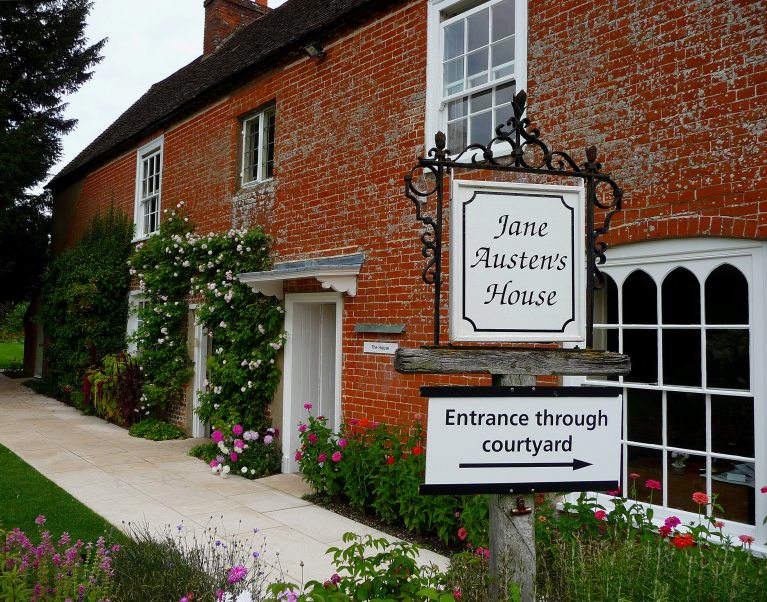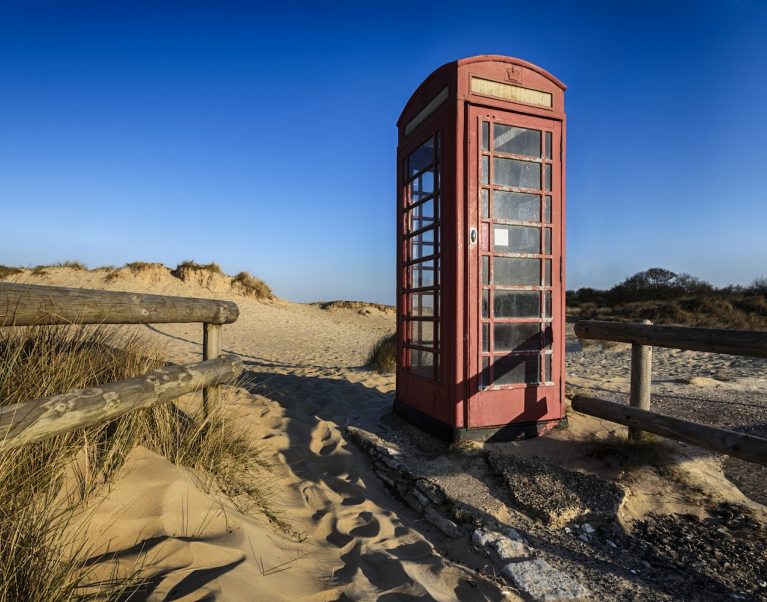On the trail of England's literary treasures
27th April, 2017
In our travels around England, we have had the chance to explore some of the nation's greatest heritage - here's a little insider info on some of our favourite finds...
J.R.R. Tolkien
Tolkien has ranked 6th on The Times list of most popular British writers, and his epic Lord of the Rings ranked 26 in the BBC’s list of the greatest British novels. It is fair to say that Tolkien is a national treasure; as the father of fantasy and as a continuing influence and inspiration to writers worldwide. Despite being born in South Africa, having had his books published in over 38 languages, and having had them filmed in New Zealand with a multi-national cast – Tolkien and The Lord of the Rings has always been best at home in England. The Bell in Moreton in Marsh is supposedly the inspiration for the Prancing Pony in Bree – and is a must see for any Tolkien fan. They are well aware of their heritage and have a traditional blue plaque proving their link to Middle Earth. If you find yourself on one of our Thames tours or rambling in the Cotswolds, look out for the ‘rolling hills and little rivers’ of Oxfordshire and the Chilterns - this is Shire country.
William Shakespeare
April 23rd marked William Shakespeare’s 453rd birthday – and although he is getting on a bit, he remains as popular and as culturally important as ever. The Carter Company has many tours that will lead you along Shakespeare’s Way, take you to a play in Stratford-upon-Avon or the Globe, and will show you literary history at its finest with Shakespeare’s Five Houses. Nestled in the heart of England, Shakespeare’s five family homes, beautiful traditional cottages, still welcome visitors. Whether its history, literature, or just a good day out that you are craving, the Five Houses will deliver.
William Wordsworth
The First Generation of Romantic Poets called the Lake District their home – and judging by the incredible scenery, it isn’t surprising that this corner of England nurtured some of the nation’s greatest poets. Between the tarns and the rocky hills, scattered sheep and mossy mountains, you can see some of the most dramatic landscape in England. While you are in the Lake District, a trip to Dove Cottage or Rydal Mount are essential – but you can glean literary history from the landscape itself. Although scholars are uncertain which lake is the setting of Wordsworth’s famous ‘boat stealing’ episode, it has long been suggested that it all took place on the shores of Lake Grasmere.
Agatha Christie
Agatha Christie was an incredibly prolific writer – publishing over 80 novels, and selling over 200 billion copies – she is one of England’s favourites and retains a reputation as the mother of murder mystery. Throughout her life, Christie called the English Riviera home - this section of the Devonshire coast has long been praised for its picturesque views, beautiful bays and historical towns. Torquay, Christie’s birthplace, is the setting for many of her novels, and the inspiration for many others. While in Devon, consider walking the Agatha Christie Mile, and stopping by the Greenway Estate (Christie’s beloved family home – now part of the National Trust) and taking part in the annual Agatha Christie Birthday Celebrations.
This is just a snapshot of what England has to offer – also worth a mention is Whitby - home of Bram Stoker’s Dracula, Kent - Dickens Country, Bath - home to Jane Austen and of course, a Carter Company Favourite, Enid Blyton’s Dorset. To find out more, check out our tour: In the footsteps of famous writers
(Photo Credit, Warner Bros. Pictures, 2012)
Posted by: Nicola Smith
Tags: Cycling holidays, Don't miss, Family fun, Hidden gems, History, Insider info, Tailor-made by us

